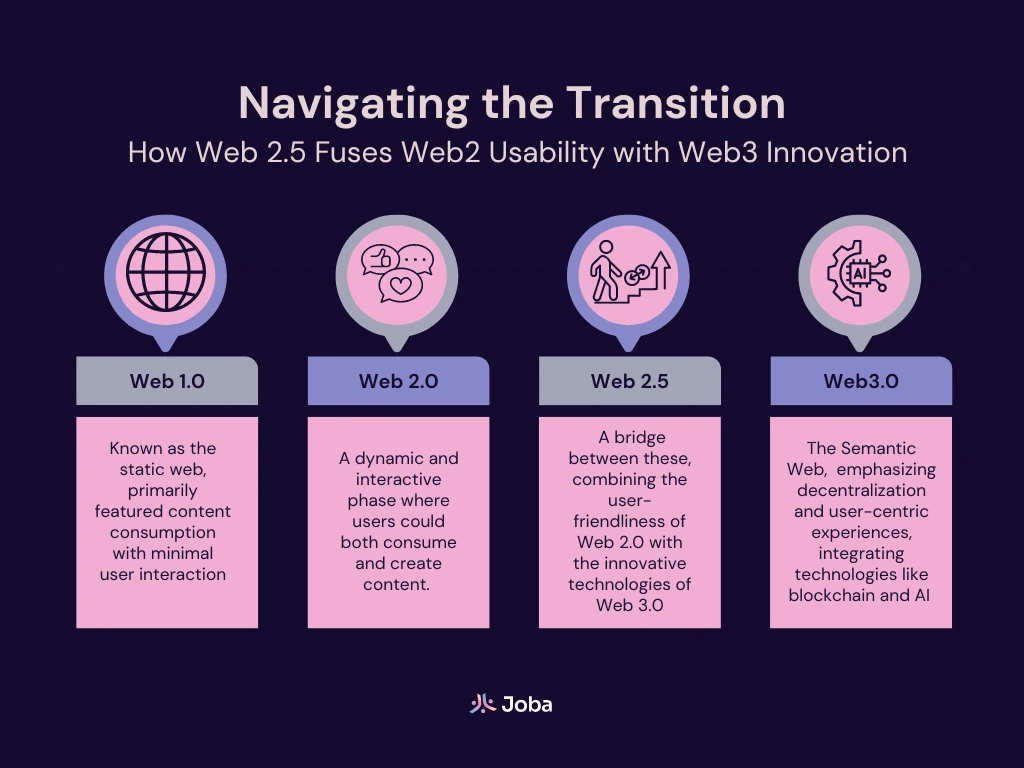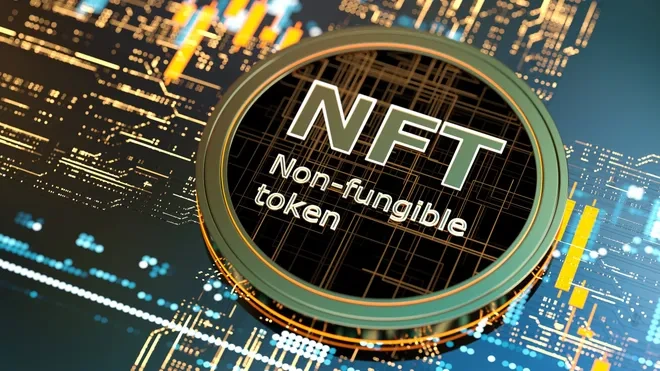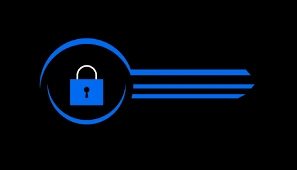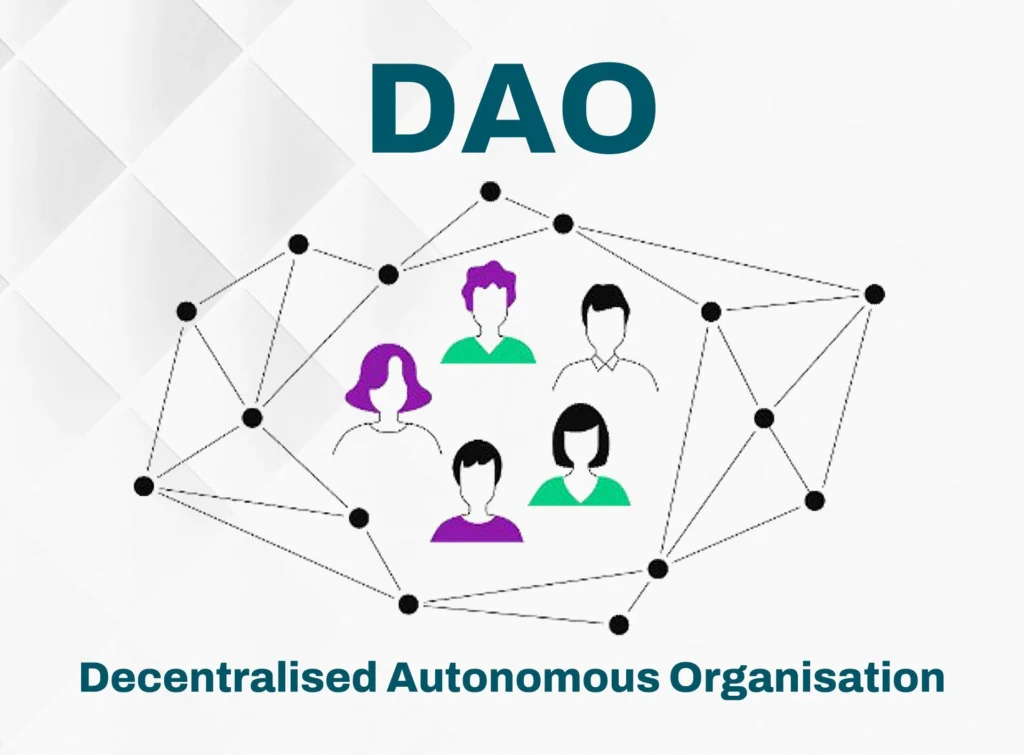A Beginner’s Guide to Web3 Skepticism: Should You Be Worried?
Welcome to Web3 — But Wait, What Is It?
If you’re new to Web3, you’re not alone. It’s a term that’s been popping up everywhere — in tech blogs, finance news, and maybe even on your Twitter feed. But what does it actually mean? And more importantly, why are so many people scare about Web3 skepticism?
Let’s break it down — step by step — so you can decide for yourself whether Web3 is the future… or just a fancy buzzword.
First Things First: What Is Web3 and Web3 Skepticism?
At its core, Web3 is the idea of a new internet that’s powered by blockchain technology. Instead of big companies owning everything (like in Web2 — think Google, Facebook, etc.), Web3 wants to give control back to the users.
In theory, that means:
- You own your data
- Creators get paid directly
- Communities run platforms (instead of corporations)
Sounds pretty great, right? But here’s where Web3 skepticism comes in.

Why Are People Scare about Web3 Skepticism?
Let’s be real — the internet is full of scams and shady schemes. And Web3? It hasn’t escaped that pattern.
Here are some reasons why Web3 skepticism is on the rise:
1. Scams and “Rug Pulls”
Some people lost money on NFT projects or crypto coins that disappeared overnight. That’s called a “rug pull” — and sadly, it’s happened a lot.


2. Confusing Technology
Web3 can be hard to use. You have to set up wallets, manage private keys, pay weird “gas fees,” and trust that a smart contract won’t glitch. For beginners, it can feel overwhelming or even unsafe.


3. Big Promises, Small Results
Many Web3 projects talk about decentralization, fairness, and transparency. But when you look closer, they still rely on big companies like Amazon Web Services (AWS) for hosting — which isn’t very “decentralized” after all.
So… Is Web3 Skepticism a Scam?
Not exactly — but some parts of it definitely look sketchy.
Here are a few red flags to watch out for:
- Projects that launch tokens before they have a working product
- Influencers hyping coins without explaining the risks
- DAOs (Decentralized Autonomous Organizations) that claim to be community-run… but actually aren’t
- Whitepapers full of buzzwords but no clear plan
That said, not every Web3 project is a scam. There are teams genuinely trying to build better systems — for creators, for privacy, and for digital ownership.


Maybe It’s Just Too Early?
Think about the early internet in the 1990s — it was slow, clunky, full of pop-ups, and yes, scams. But it eventually became something we can’t live without.
Web3 might be in that same awkward phase — full of bold ideas, but not quite ready for prime time.
That’s where Web3 skepticism can actually help. Asking hard questions now helps weed out the bad actors and pushes the good projects to build stronger foundations.
Should You Get Involved in Web3?
If you’re curious about Web3, that’s great! But here are a few beginner-friendly tips:
- Do your research: Don’t invest in anything you don’t understand
- Start small: Try a free NFT mint or join a Web3 community before spending money
- Use caution: Avoid projects that promise guaranteed profits or sound too good to be true
- Watch for hype: Just because it’s trending doesn’t mean it’s real
Final Thoughts: What’s the Verdict?
So, is Web3 a scam?
Not really — but it’s not quite the “next internet” yet, either. It’s still growing, still messy, and yes, still figuring itself out. And that’s exactly why Web3 skepticism is important. It keeps things in check, helps spot the red flags, and encourages more responsible innovation.
If you’re new to all of this, take your time. Learn the basics. Ask questions. And always — always — trust your gut.
Because in the world of Web3, the biggest tool you have… is a healthy dose of curiosity (and caution).
Relevant Link : Here




